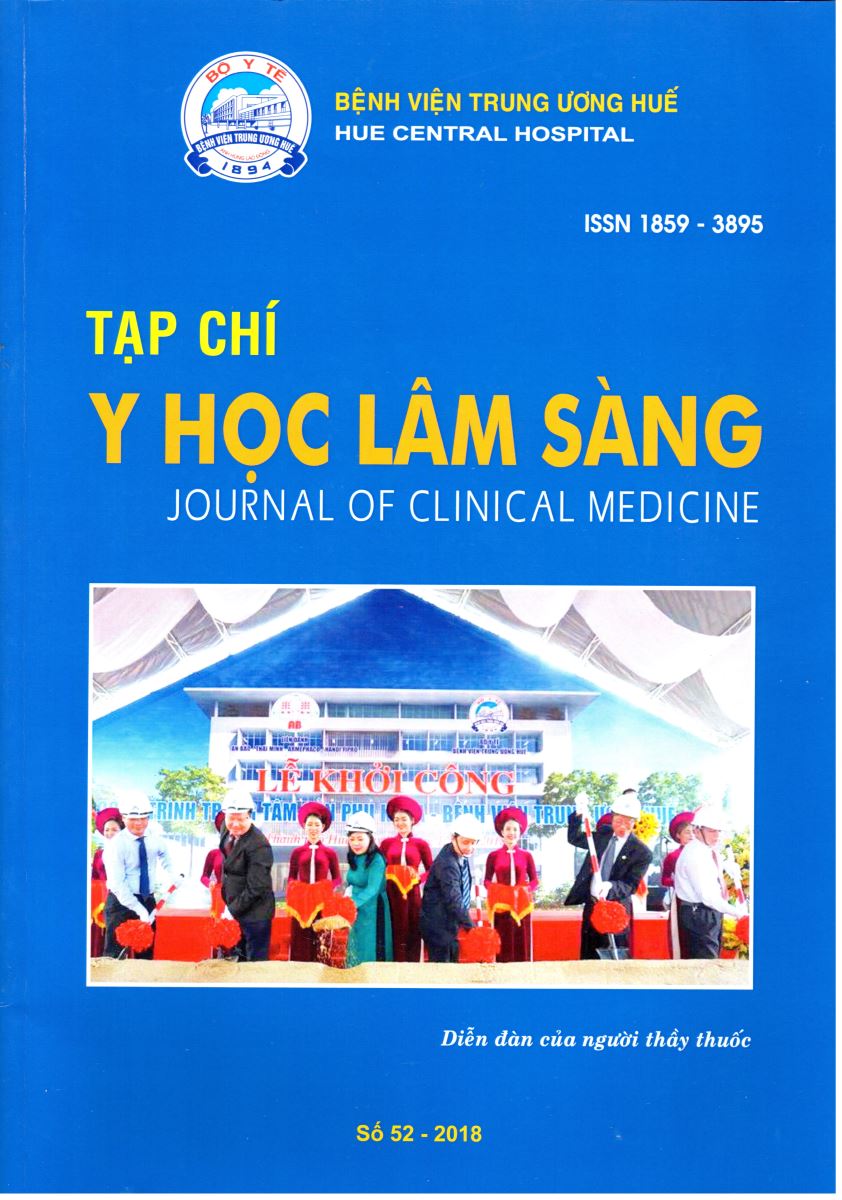Abstract
Boerhaave syndrome is a syndrome characterized by spontaneous esophageal rupture, which usually occurs in the distal part of the esophagus. It usually occurs during or after persistent vomiting as a result of elevated pressure in the esophagus. This is a rare syndrome in clinical practice. In about 50% of cases, the syndrome manifests with Mackler's triads: vomiting, lower chest pain and subcutaneous emphysema. The mortality of spontaneous esophagus rupture is relatively high compared to rupture of other segments of the gastrointestinal tract. This article reports a 65-year-old male patient hospitalized with severe chest pain after vomiting. The patient was initially diagnosed with a right pleural effusion and treated with pleural drainage in another hospital. The patient was later suspected of esophageal rupture after food detected in the thoracic drain and the diagnosis was confirmed by chest CT scan. Patients was treated by left thoracic drainage, cervical esophagostomy, esophageal exclusion and feeding jejunostomy. After the infection had been stabilized, esophagoplasty by gastric tube was performed. Patient was stable and a follow up after one month showed good results.
References
Brauer RB, Liebermann-Meffert D, Stein HJ, et al. Boerhaave's syndrome: analysis of the literature and report of 18 new cases. Dis Esophagus 1997; 10:64.
Vidarsdottir H, Blondal S, Alfredsson H, et al. Oesophageal perforations in Iceland: a whole population study on incidence, aetiology and surgical outcome. Thorac Cardiovasc Surg 2010; 58:476.
Pate JW, Walker WA, Cole FH Jr, et al. Spontaneous rupture of the esophagus: a 30-year experience. Ann Thorac Surg 1989; 47:689.
Saha A, Jarvis M, Thorpe JA, O'Regan DJ. Atypical presentation of Boerhaave's syndrome as Enterococcal bacterial pericardial effusion. Interact Cardiovasc Thorac Surg 2007; 6:130.
Michel L, Grillo HC, Malt RA. Operative and nonoperative management of esophageal perforations. Ann Surg 1981; 194:57.
McGovern M, Egerton MJ. Spontaneous perforation of the cervical oesophagus. Med J Aust 1991; 154:277.
Wilson RF, Sarver EJ, Arbulu A, Sukhnandan R. Spontaneous perforation of the esophagus. Ann Thorac Surg 1971; 12:291.
Larsen K, Skov Jensen B, Axelsen F. Perforation and rupture of the esophagus. Scand J Thorac Cardiovasc Surg 1983; 17:311.
Backer CL, LoCicero J 3rd, Hartz RS, et al. Computed tomography in patients with esophageal perforation. Chest 1990; 98:1078. 10.
Gubbins GP, Nensey YM, Schubert TT, Batra SK. Barogenic perforation of the esophagus distal to a stricture after endoscopy. J Clin Gastroenterol 1990; 12:310.
Ivey TD, Simonowitz DA, Dillard DH, Miller DW Jr. Boerhaave syndrome. Successful conservative management in three patients with late presentation. Am J Surg 1981; 141:531.
Carrott PW Jr, Low DE. Advances in the management of esophageal perforation. Thorac Surg Clin 2011; 21:541.
Schweigert M, Beattie R, Solymosi N, et al. Endoscopic stent insertion versus primary operative management for spontaneous rupture of the esophagus (Boerhaave syndrome): an international study comparing the outcome. Am Surg 2013; 79:634.
Dasari BV, Neely D, Kennedy A, et al. The role of esophageal stents in the management of esophageal anastomotic leaks and benign esophageal perforations. Ann Surg 2014; 259:852.
| Published | 25-12-2018 | |
| Fulltext |
|
|
| Language |
|
|
| Issue | No. 52 (2018) | |
| Section | Original article | |
| DOI | ||
| Keywords | vỡ thực quản, hội chứng Boerhaave esophageal rupture, Boerhaave syndrome |

This work is licensed under a Creative Commons Attribution-NonCommercial-NoDerivatives 4.0 International License.
Copyright (c) 2025 Journal of Clinical Medicine Hue Central Hospital

